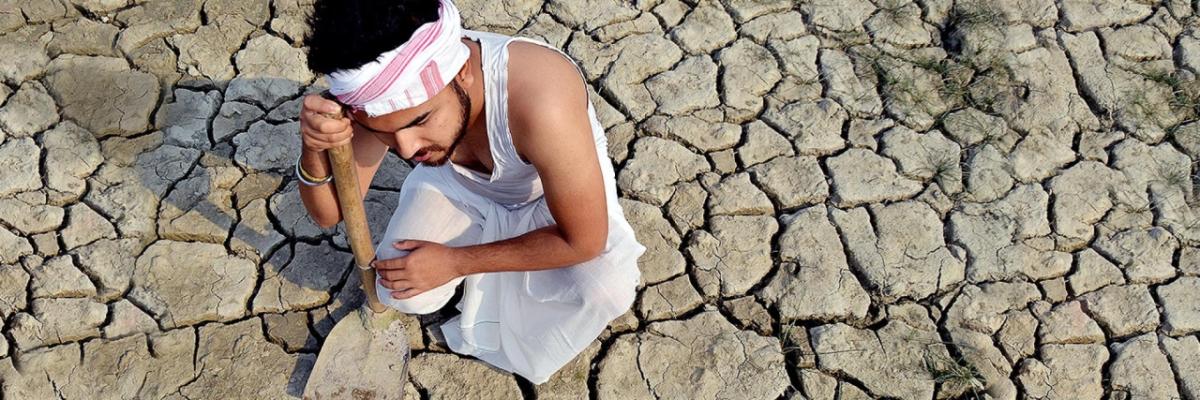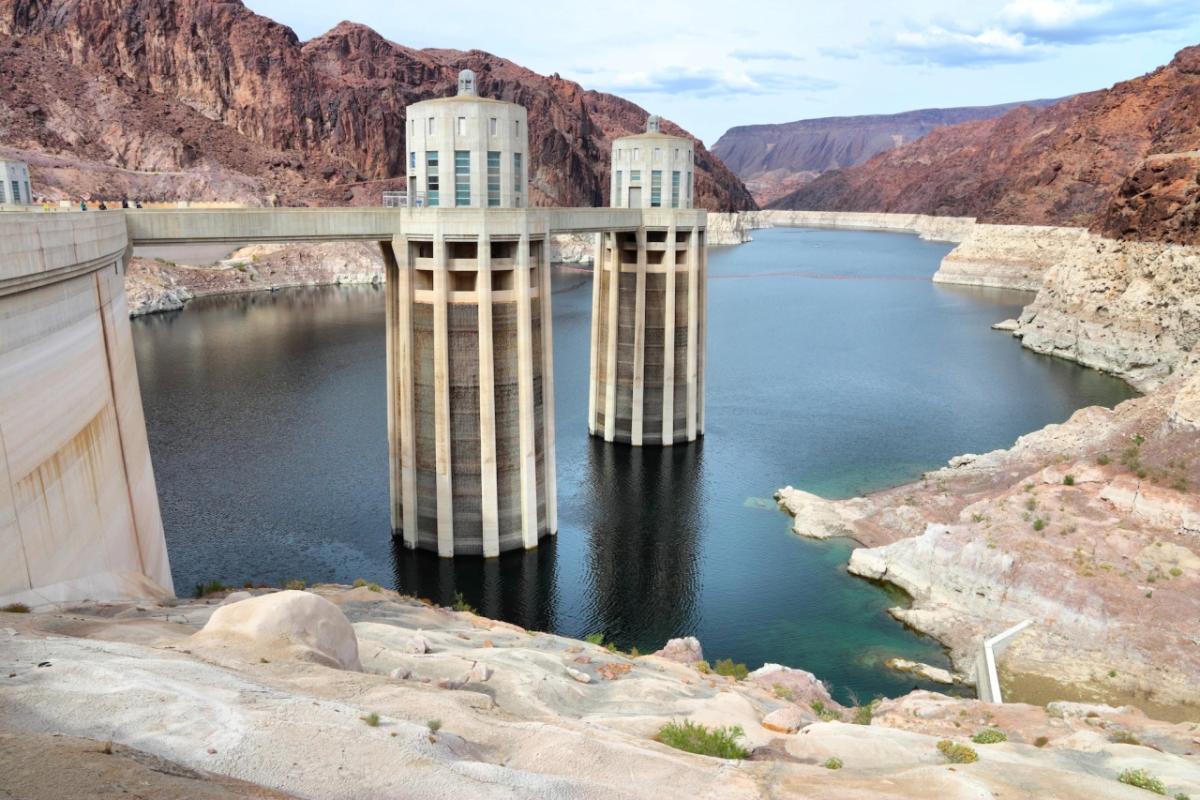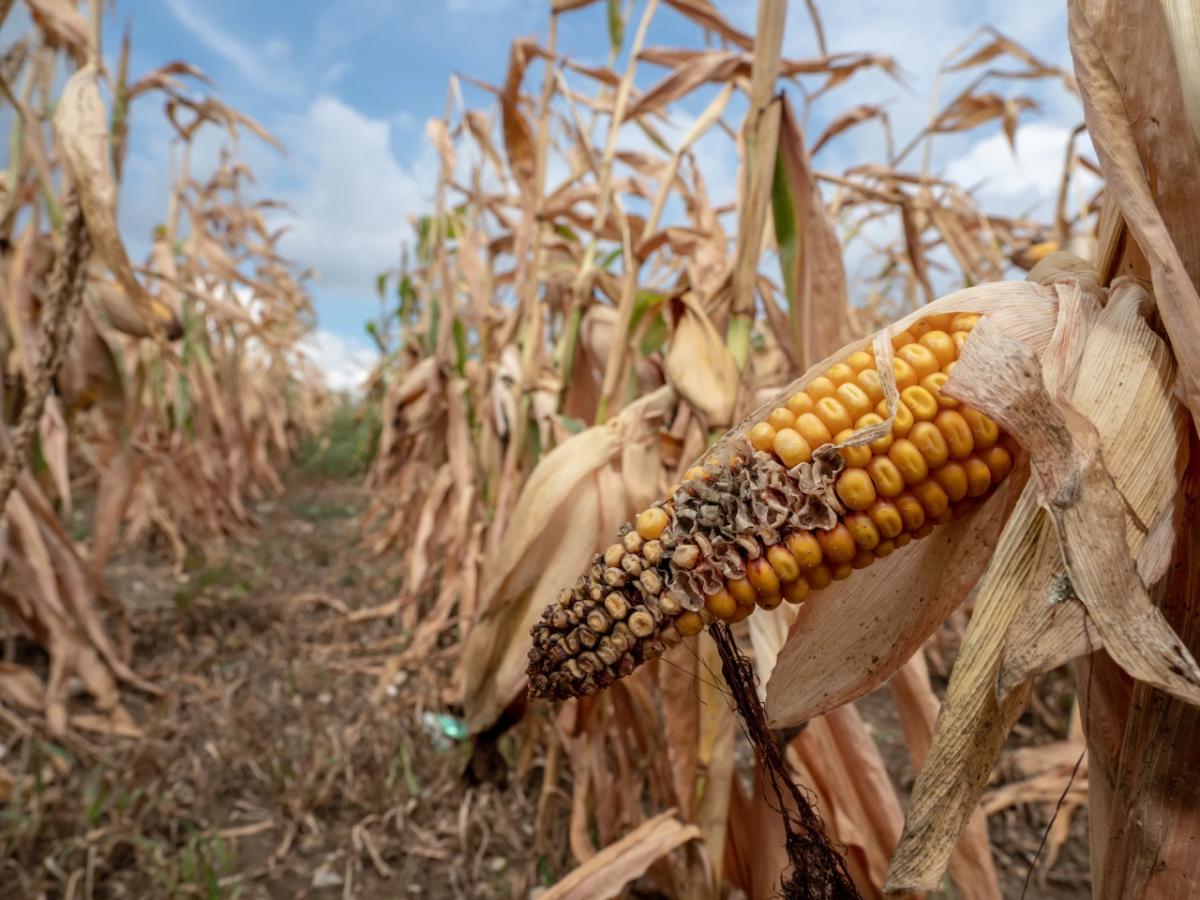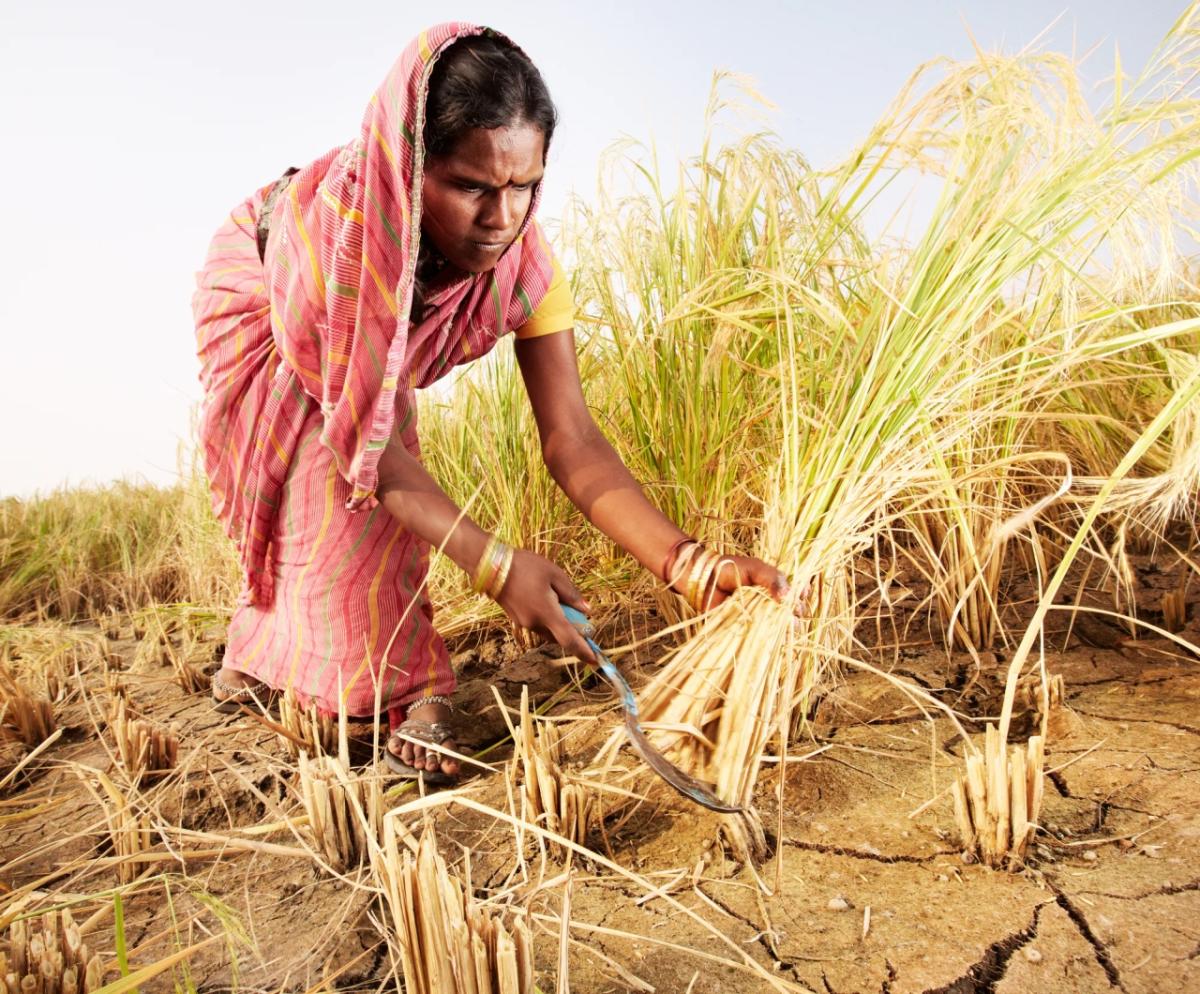Severe Droughts Require Action To Avoid Future Food Crisis
According to the United Nations World Water Development Report in 2019, global warming was projected to increase the number of water-stressed regions and exacerbate the shortages in the regions already defined as water-stressed. And the most recent report of the Intergovernmental Panel on Climate Change’s released in February 2022 shows that the forecasts were correct. Greater water evaporation, surface drying, and groundwater depletion are threatening the livelihoods of farmers in numerous regions around the globe while others see their yields jeopardized by flooding and hurricanes.
Since early spring, India has been overwhelmed by a record heat, with temperatures remaining high in the 40s Celsius, over 109 degrees Fahrenheit. In addition to experiencing the hottest month of March in 122 years, India’s rainfall is running about a quarter to a third of normal, the lowest since 1901.
Water scarcity aggravates poverty and hunger
The heat wave in India and Pakistan is just one example of how extreme and less predictable weather conditions affect low-income communities. “As over 80 percent of our freshwater consumption is accounted for by agriculture, water scarcity directly impacts food security and exacerbates poverty and hunger,” explains Dr. Suhas P. Wani, Former Director of the ICRISAT (International Crops Research Institute for the Semi-Arid Tropics) Development Center and consultant to the Asian Development Bank in Manila.
"We expect 7 billion people to be affected by water scarcity by 2025. In India, for example, the monsoon season is getting shorter and shorter, resulting in a reduction of farming productivity."Dr. Suhas P. Wani, Former Director of the ICRISAT Development Center
Without action, Suhas warns, the number of people suffering from hunger could increase by 10 million every year globally.
Livelihoods are also affected in more developed regions of the world. Severe drought in 2021 caused the California agriculture industry to shrink by an estimated 8,745 jobs and shoulder $1.2 billion in direct costs as water cutbacks forced growers to fallow farmland and pump more groundwater from wells, according to new research.
Since 2015, droughts in Europe have become more severe than any over the past 2,100 years, according to a study published in March 2021 in the Nature Geoscience. The recent series of summer droughts in Europe have also brought devastating ecological, agricultural, and economic impacts.
The European Environmental Agency EEA expects that droughts and water scarcity will aggravate during the remainder of the century and states in a report that the changing climatic conditions are already putting cultivation in Europe under pressure, especially for Mediterranean crops such as olives and grapes.
The worrying paradox: In 2050, our planet will need to provide food for an estimated 9 to 10 billion people. That’s going to require a lot of water. Using water in a more sustainable manner and growing “more crops per drop” is the challenge we are facing globally. Technology and adapted farming practices could be part of the answer.
Resilient varieties and sustainable farming practices
“The widespread adoption of improved agronomic practices, advances in plant breeding that deliver more resilient crops, and adoption of biotechnology in local communities will help farmers make better use of water on their farms to meet the demands and nourish a growing world,” points out Stella Salvo, Head of Breeding Partnerships for Smallholder Farming for Bayer’s Crop Science division.
"Drought tolerant seeds have been a major game-changer for smallholders in response to our changing climate."Stella Salvo, Head of Breeding Partnerships for Smallholder Farming, Bayer
"We are developing maize and rice hybrids that help our customer’s farms be more productive, with higher drought and stress tolerance and stronger resilience against devastating pests and diseases.”
Specific technologies and farming methods can also reduce the amount of water needed for cultivation. A combination of practices such as drip irrigation, integrated weed management, and reduced tillage can contribute to higher water retention in the field allowing for more water availability for the crop.
Drip irrigation systems distribute water through a network of valves, pipes and tubes, bringing it directly to the plants’ roots and avoiding evaporation. They can reduce water consumption by up to 60 percent. Tillage, in turn, leads to more evaporation and lets more soil dry out at the surface, which is why less tillage saves water. As weeds can thrive with no tillage, this practice has to be combined with proper weed management measures.
Did you know that
On millions of farms worldwide, crops have the power to remove carbon from the atmosphere and capture it in the soil. Plants play an important role in the fight against climate change, as plants and soil absorb an estimated 30% of the CO2 emitted by human activities each year
Suhas Wani agrees that technology is a key factor to increase and secure agricultural productivity despite climate change: “We need seeds that are more resilient against high temperatures, emerging pests, diseases and droughts as well as varieties that need less time for cultivation as seasons shorten.”
“Innovative technologies and precision agriculture help farmers do more with less land, water and energy,” points out Stella Salvo. “And I believe we can breed to design these products and tailor these solutions for all farmers, large and small! As someone who’s been fortunate to meet and help farmers across the globe, I’ve seen firsthand what better access to technology and knowledge means for smallholders in ensuring more robust and reliable harvests. I’m hopeful that more of the world will begin to see and understand that modern agriculture tools are safe, sustainable and effective.”
A Carbon Zero Future for Ag
Agriculture is not simply a contributor to and victim of climate change, it has the potential to help solve the climate crisis through the widespread adoption of climate-smart practices that not only reduce emissions, but also remove carbon from the atmosphere. Learn more here
Fighting climate change with climate-smart agriculture
The only option seems to be an integrated approach with improved varieties that can better withstand climate change and farming practices that help fight it. That way, agriculture becomes part of the solution. “Artificial intelligence is changing the way we do plant breeding. We are evolving our science from a process of selecting the best to designing the best. And we have to partner and engage in new technologies to keep up with the pace of climate change,” explains Stella Salvo.
“These technologies not only save water, they can also help to reduce chemical inputs needed to protect yield and help to preserve soil health. As we continue to understand the insights that digital technologies enable for better harvests, our solutions can be more precise and thus more efficient.”
Suhas knows that in less developed regions, many farmers still lack access to the knowledge and the technology needed to adapt their farming operations to climate change. “In India, 51 percent of farmers do not get any support from any partner. 11 percent rely exclusively on support from the government. We need a knowledge delivery system that combines all players, public and private, including industry and NGOs,” he stresses.
“We have to make sure that all these great technologies also reach smallholders across the globe so that they have access to the solutions they need.” Stella Salvo agrees: “We have to empower smallholders and scientists in developing nations and give them a seat at the table to tell us what kinds of technologies and seeds they need. The best part of knowledge transfer is that it’s a two-way street.”
Whether you talk to a water expert from the Southern Hemisphere, a farmer in North America or a representative of a multinational company, one thing becomes clear: the time to act is now.
View original content here






